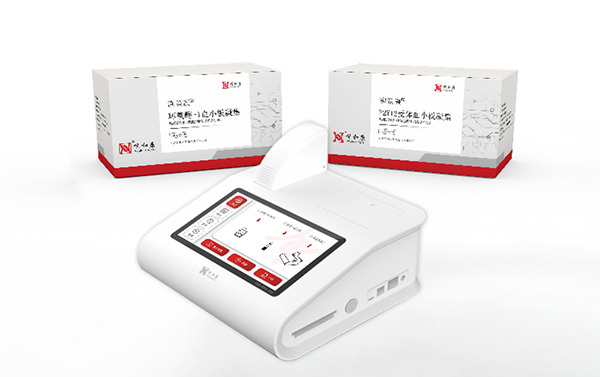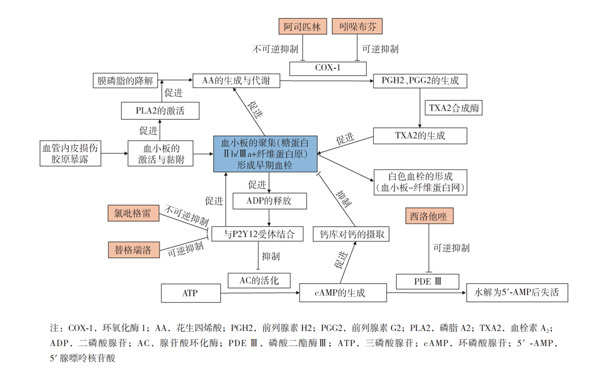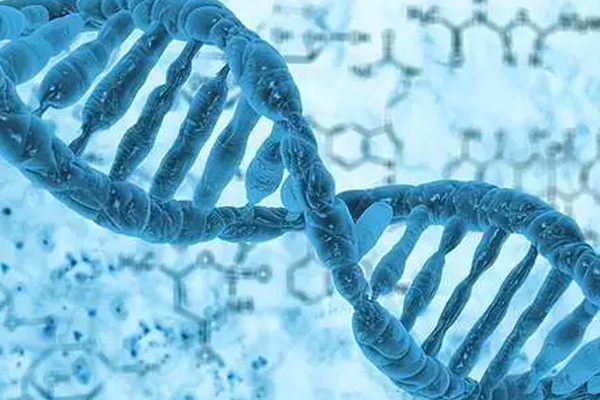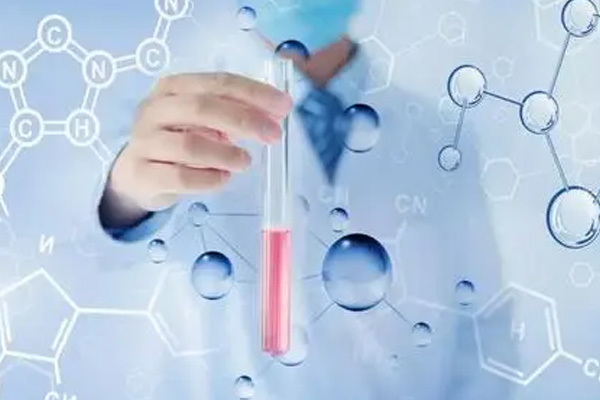Main types and technical principles of in vitro diagnostic reagents
Published:
2024-04-11
In vitro diagnostic reagents are widely used in medical research and clinical testing. Due to their stable quality and reliable effects, they not only provide a basis for research and diagnosis and treatment but also provide technical data for disease prevention and control. In vitro diagnostic reagents are numerous and involve many disciplines. Due to the increasing interdisciplinary crossover and the emergence of new technologies, it is difficult to classify them simply based on any single principle.
体外诊断试剂被广泛应用于医学科研与临床检验中,因质量稳定、效果可靠,其不但为科研和诊疗提供了依据,也为疾病的预防、控制提供了技术资料。体外诊断试剂品类繁多,涉及众多学科门类,因学科间交叉现象日渐增多、新技术层出不穷,很难以某个原则为标准对其简单分类。
从临床专业角度可将其分为临床血液学体液检验类试剂、临床化学类试剂、临床免疫学试剂,及微生物学、细胞组织学、分子生物学试剂等。从方法学角度可将其分为化学显色法、免疫比浊法、酶联免疫法、胶体金法、免疫荧光法、化学发光试剂、分子生物学试剂、免疫组化试剂、免疫细胞化学试剂等。
临床生化试剂主要用于配合半自动和全自动生化分析仪等仪器进行检测。常用的临床生化试剂所采用的分析方法和技术原理有多种,具体介绍如下。
1.光谱分析技术
该技术是基于物质与辐射能作用时,测量由物质内部发生量子化的能级间跃迁而产生的发射、吸收或散射辐射所具有的波长和强度,从而进行分析的方法。按作用对象的不同,光谱分析技术可分为原子光谱法(测量离子、微量元素等)和分光光度法。按获得方式的不同,该技术可分为吸光光度法和发射光谱法。
吸光光度法是根据溶液中物质对光选择性吸收的特性进行分析的方法。有色溶液对光线有选择性吸收的特性,不同物质由于其分子结构不同,对不同波长光的吸收能力不同。每种物质都有特定的吸收光谱。当一定波长的光通过该物质的溶液时,根据物质对光的吸收程度(吸光度)求出该物质含量的方法称为吸光光度法。
吸光光度法可分为比色法和分光光度法两大类。比色法又可分为目视比色法和光电比色法。分光光度法与光电比色法的原理类似,都是通过光电池或光电管测量溶液透光度的强度,来进行分析的方法。
当利用比色法测定溶液中的某种化学成分时,通常需加入显色剂,使其产生有色化合物。颜色的深浅与待测化学成分的含量成正比,可据此测定待测物的浓度。
发射光谱法是通过测量物质的发射光谱的波长和强度,来进行定性和定量分析的方法。
许多物质是光致发光的,即它们可吸收电磁辐射。然后重新发射出相同或更长波长的辐射。光致发光最常见的类型是荧光和磷光。利用荧光强度进行分析的方法称为荧光法。在荧光分析中,待测物质分子成为激发态时所吸收的光称为激发光,处于激发态的分子回到基态时所产生的荧光称发射光。荧光法测定的是待测物质分子受光激发后所发射的荧光的强弱,而不是测激发光的强弱。凡能产生荧光的化合物均可采用荧光分析法来进行定性或定量测量。
散射光谱技术是测定光线通过溶液混悬颗粒后的光吸收或光散射程度的一类定量测量方法。它主要用于免疫检测系统中,常称免疫浊度法。
2.电化学分析法
利用物质的电化学性质测定化学电池的电位、电流或电量变化来进行分析的方法称电化学分析法。电化学分析法有多种。
1)测定原电池电动势以求物质含量的分析方法称为电位法或电位分析法。
2)通过对电阻的测定以求物质含量的分析法称为电导法;
3)借助某些物理量的突变作为滴定分析终点的指示,称为电容量分析法。
目前在临床中应用的电化学分析法主要是离子选择电位分析法。该方法利用电极电位及溶液内活性物质两者间的关系来进行分析。
从方法学角度,可将临床免疫诊断试剂分为免疫比浊法(在散射光谱技术中已介绍)、酶联免疫法、化学发光等不同类型。
3.酶联免疫法
该技术是将酶高效催化反应的专一性和抗原抗体反应的特异性结合的一种免疫标记检测技术。其原理是,将酶与抗体或抗原结合成酶标记结合物。酶标记结合物既保留了抗原或抗体的免疫学活性,又保留了酶对底物的催化活性。在酶标记抗体与抗原的特异性反应完成后,加入酶作用的相应底物。通过酶催化底物完成显色反应,对抗原或抗体进行定位、定性和定量测定。
4.免疫荧光技术
该技术是利用物质吸收光能后产生激发态而发光的特性,将具有这种特性的荧光素用化学方法结合在特异的抗体或抗原上,又不损害其抗体或抗原活性的一种荧光显微镜下的示踪技术。
5.流式细胞术
该技术是对单细胞或其他生物粒子膜表面及内部的成分进行定量分析和分选的检测手段。它可高速分析上万个细胞,并能同时从一个细胞中测得多个参数。同传统的荧光镜检查相比,该方法具有速度快、准确度高等特点。
6.胶体金技术
该技术可按照液体的流动形式分为胶体金免疫渗滤试验和胶体金免疫层析试验。
7.化学发光免疫分析
This technology combines highly sensitive chemiluminescent assay techniques with highly specific immune responses for the detection and analysis of various antigens, haptens, antibodies, hormones, enzymes, fatty acids, vitamins, drugs, etc. Chemiluminescent immunoassay consists of two parts: an immune reaction system and a chemiluminescent analysis system.
Clinical molecular biology diagnostic reagents, commonly known as gene diagnostic reagents, mainly use nucleic acid molecular hybridization technology, DNA sequencing technology, gene chip technology, etc.
8. Nucleic Acid Molecular Hybridization Technology
This technology, also known as gene probe technology, utilizes the principles of nucleic acid denaturation, renaturation, and base complementary pairing to detect the presence of nucleotide sequences in a sample that are complementary to a known probe sequence. This technology is the earliest and most fundamental molecular biology technology used clinically, and it is the basis for techniques such as blot hybridization and gene chips.
9. DNA Sequence Analysis
This analysis technology is an important basic technology in molecular biology. Taking a certain sequencer as an example, it uses four fluorescent dyes to label terminators or primers respectively. After the Sanger sequencing reaction, the reaction products have different fluorescent labels.
Keywords:
Learn more about industry trends












